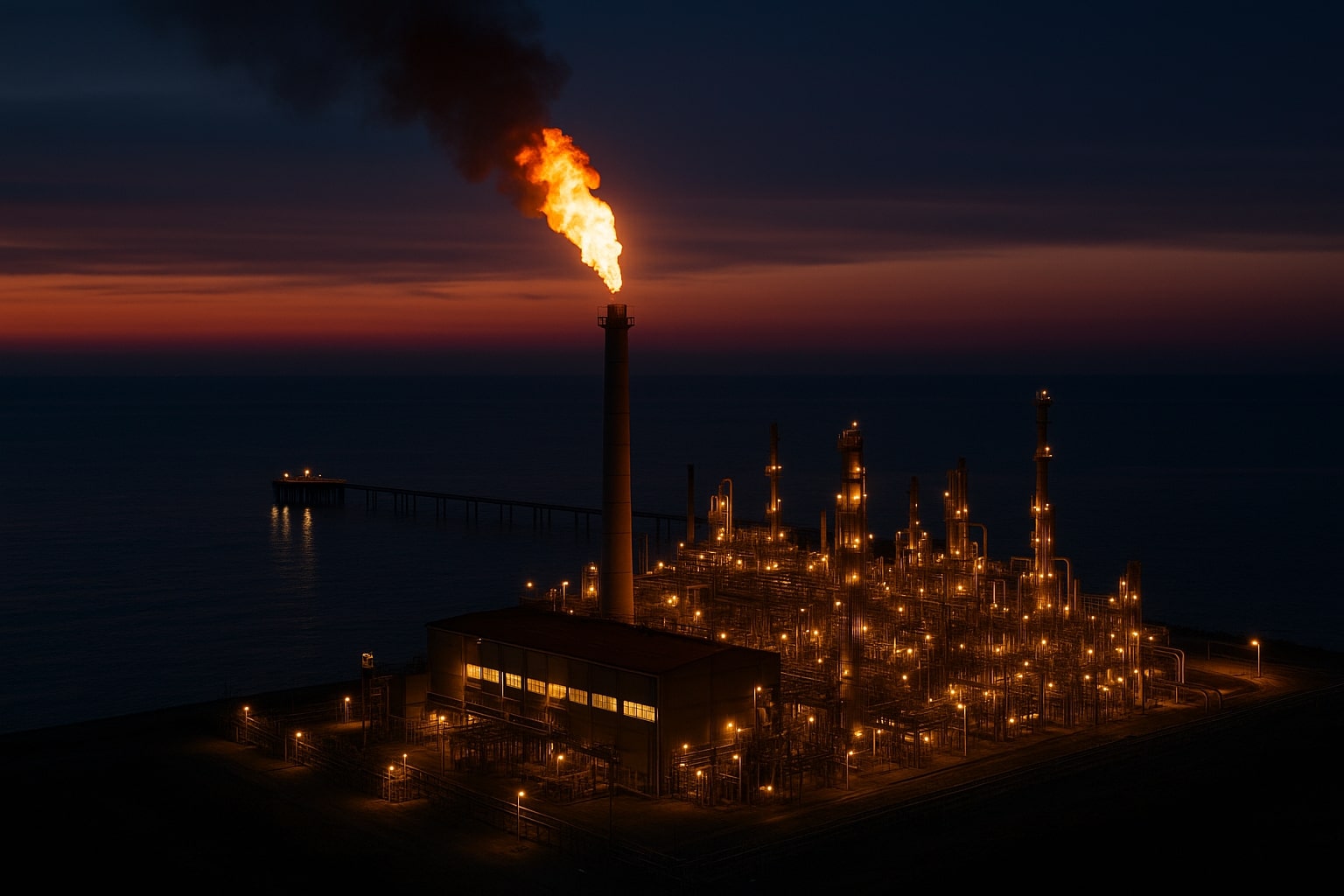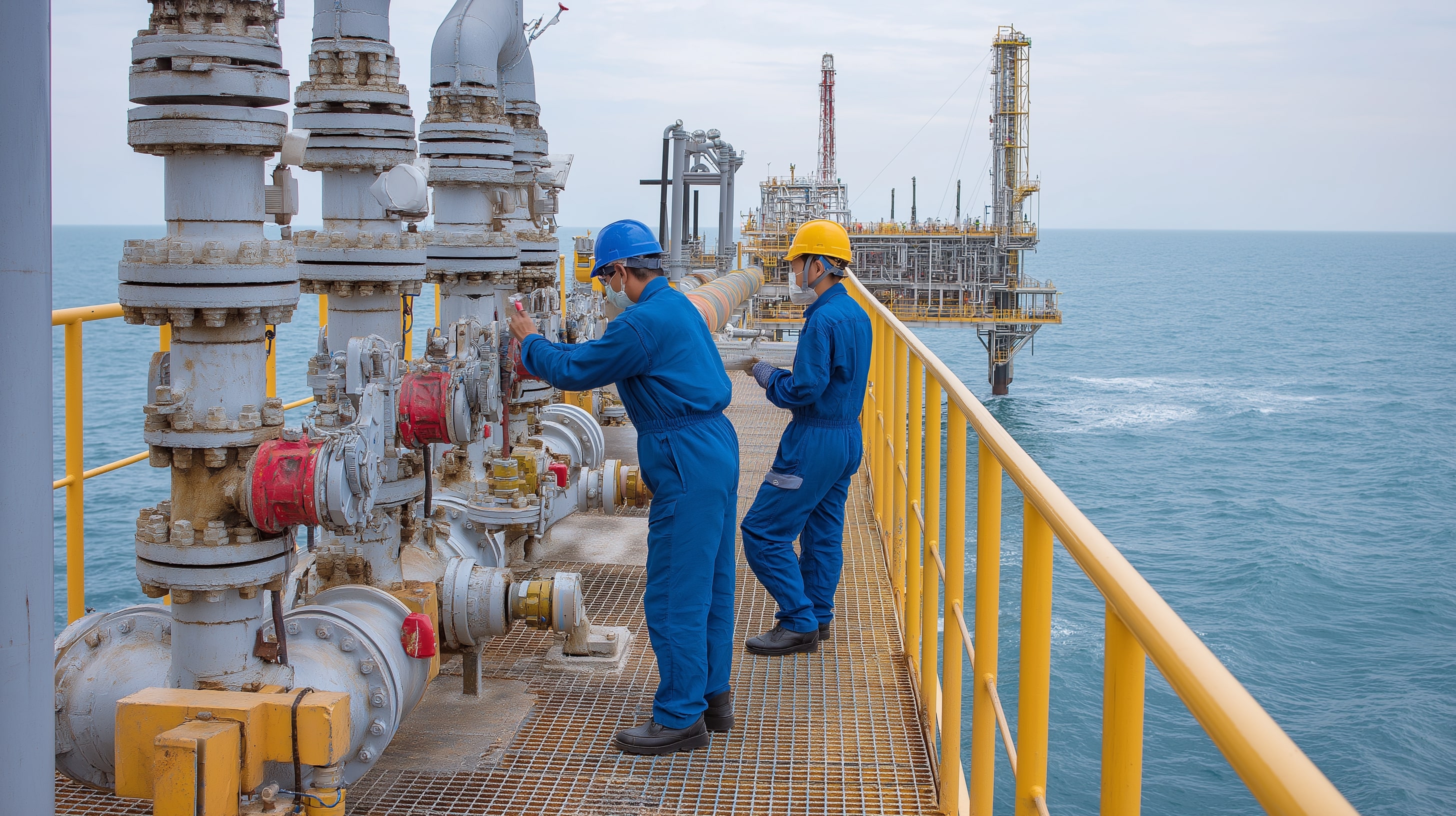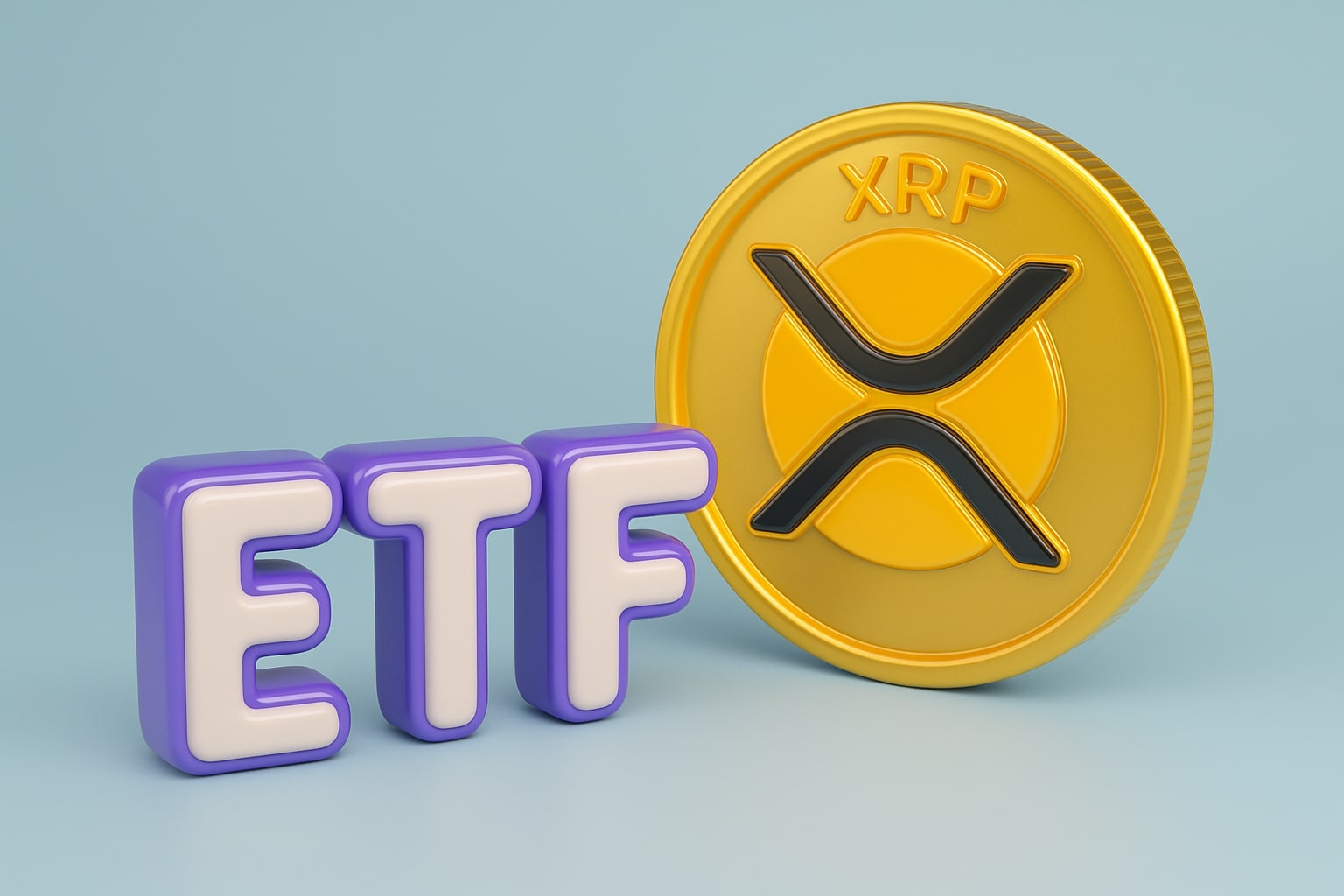
Natural Gas Price Forecast: Can (NG=F) $2.78 Hold Amid Record Output and Storage Shifts?
Oversupply, LNG demand, and weather shape NG=F outlook as futures hover near critical support | That's TradingNEWS
Natural Gas (NG=F) Futures Near Multi-Year Lows
The Natural Gas (NG=F) contract has dropped back to $2.78 per MMBtu, its weakest trade since late 2024. Record output continues to weigh on the market, with Lower 48 production averaging 108.1 bcfd in August after July’s record of 107.9 bcfd. The Energy Information Administration reported a 56 bcf storage build for the week ending August 8, pushing inventories 7% above seasonal norms and reinforcing the supply-heavy backdrop despite hotter-than-average weather boosting cooling demand.
Storage Data Volatility Shakes Sentiment
A week later, the EIA reported a sharply smaller 13 bcf build, far below the five-year average of 35 bcf and last year’s 29 bcf. Futures jumped from $2.799 to $2.819, showing how storage surprises can rapidly shift sentiment. This underscores the tug-of-war: record output is bearish, but slower injections hint at strengthening consumption and potential bullish setups heading into winter.
Technical Outlook and Key Price Zones for NG=F
Technically, natural gas trades at a fragile support shelf between $2.75 and $2.80. Breaching this zone risks a slide toward $2.50 and potentially the $2.00 psychological floor. On the upside, immediate resistance sits near $3.00–$3.10, aligning with the 20-day and 50-day moving averages. A decisive break above $3.10 would unlock higher tests at $3.20 and $3.38, but momentum indicators remain weak. RSI sits near 36, close to oversold but not yet at capitulation levels.
LNG Exports and Global Market Dynamics
LNG remains the market’s pressure valve. Feedgas demand has averaged 16.2 bcfd in August, up from 15.5 bcfd in July, as Europe and Asia stockpile ahead of winter. Yet, this has not been enough to fully absorb domestic oversupply. Export bottlenecks limit relief, and any disruption in LNG facilities could dump additional supply into U.S. storage. Conversely, a surge in European demand or an Asian cold snap could tighten balances quickly and stabilize NG=F above $3.00.
Pipeline Politics and Regional Disparities
Infrastructure constraints continue to distort regional pricing. Algonquin Citygate trades about $0.195 below Henry Hub, despite New England’s reputation for high winter prices. Political debate over new pipelines has re-emerged, with advocates arguing projects like the Constitution Pipeline would ease winter spikes by linking Marcellus supply, while opponents warn about stranded asset risks. Projects such as Project Maple remain in early stages, highlighting how permitting, financing, and environmental opposition make new capacity highly uncertain.
Seasonal Demand and Weather Effects
Weather remains pivotal in the short term. Forecasts call for hotter-than-normal conditions through late August, providing a modest demand lift. But as September approaches, consumption typically softens while production remains firm, raising the risk of storage saturation. Without an early cold winter, inventories could push further above norms, suppressing prices deeper into the $2.50–$2.70 range.
Regulatory Risks and Long-Term Challenges
The long-term story is clouded by U.S. states aiming to reduce reliance on natural gas. Environmental groups argue new pipelines risk becoming stranded assets within 15–20 years. Analysts also warn of greater price volatility as U.S. producers tie more supply to global LNG benchmarks. The 2022 Russia–Ukraine shock was a reminder: despite healthy domestic production, U.S. consumers faced soaring energy bills as LNG exports linked local prices to global crises.
Equity Market Signals in Gas Distribution
Equities tied to distribution tell a different story. Northwest Natural Gas (NYSE:NWN) saw its price target raised to $50 from $49 after Q2 results, as regulated returns and acquisitions in Texas supported growth. This divergence shows how utilities and pipeline operators can benefit even when NG=F futures slump, underscoring that investment outcomes vary widely across the gas value chain.
Short-Term Balance and Market Risk Levels
For now, NG=F sits at a make-or-break threshold. Holding above $2.75 preserves chances of a rebound to $3.10, while a breakdown risks cascading stops and a slide toward multi-year lows at $2.50 or even $2.00. The market remains hostage to weather, LNG flows, and production discipline, with each data point capable of swinging sentiment sharply.
That's TradingNEWS
Read More
-
PFFA ETF Nears $21.50 as Rate Cuts and 9.49% Yield Spark Renewed Demand
29.11.2025 · TradingNEWS ArchiveStocks
-
XRPI and XRPR ETFs Ignite Ripple’s Institutional Rally as Inflows Near $1B and XRP Holds $2.20
29.11.2025 · TradingNEWS ArchiveCrypto
-
Natural Gas Price Forecast - NG=F Blasts to $4.85 as Demand Surge Fuel Multi-Month Breakout
29.11.2025 · TradingNEWS ArchiveCommodities
-
USD/JPY Price Forecast - Yen to Dollar Slides to 156.10 as Yen Strengthens on Fed Cut Expectations
29.11.2025 · TradingNEWS ArchiveForex



















